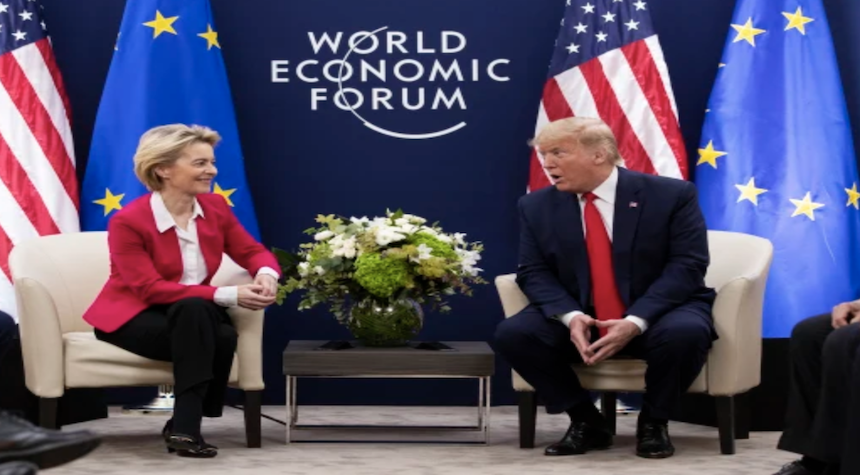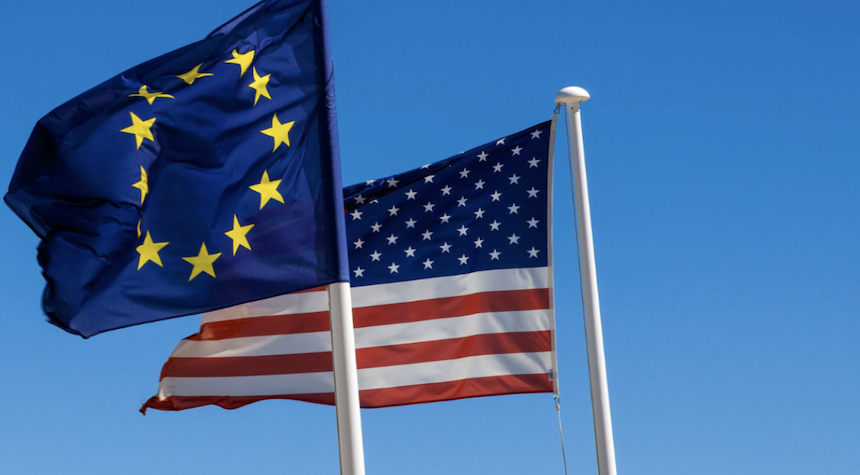European Commission President Ursula von der Leyen is scheduled to meet with U.S. President Donald Trump this Sunday at approximately 1530 GMT. The meeting, set to take place at Trump’s golf course in Turnberry, Scotland, aims to finalize a trade agreement between the United States and the European Union.
The proposed deal would likely establish a 15% baseline tariff on most EU goods entering the United States. This arrangement, if confirmed, would mirror the recent trade agreement between the U.S. and Japan. The significance of this potential agreement should not be overlooked, as it would end months of economic uncertainty for European businesses.
Reports indicate that U.S. Trade Representative Jamieson Greer and Commerce Secretary Howard Lutnick arrived in Scotland on Saturday to participate in final negotiations. Their European counterpart, EU Trade Commissioner Maros Sefcovic, joined them Sunday morning. The talks are expected to focus on crucial sectors including automobiles, steel, aluminum, and pharmaceuticals.

Currently, the EU faces U.S. tariffs on more than 70% of its exports, with rates as high as 50% on steel and aluminum. President Trump has stated that without a new agreement, he would increase tariffs to 30% on August 1st, a move that EU officials warn could severely impact transatlantic commerce.
The Trump administration sees these negotiations as an opportunity to address long-standing trade imbalances. For the European Union, securing a deal could provide economic stability and potentially lower existing tariffs on key industries like automotive manufacturing.
This development follows earlier reports that the EU has prepared counter-tariffs on $109 billion worth of U.S. goods, should negotiations fail. The evidence suggests that both parties have significant incentives to reach an agreement.

The United States and the European Union are each other’s largest trading partners, accounting for approximately one-third of global trade. A comprehensive deal between these economic powerhouses would have far-reaching implications for international commerce.
The outcome of Sunday’s meeting is clear that many questions remain unanswered. Will the proposed 15% baseline tariff apply universally? Can certain industries secure exemptions? How will this agreement compare to the EU’s initial goal of eliminating tariffs on all industrial goods?
As many questions remain unanswered, we will keep an eye on things and fill you in with any updates.

